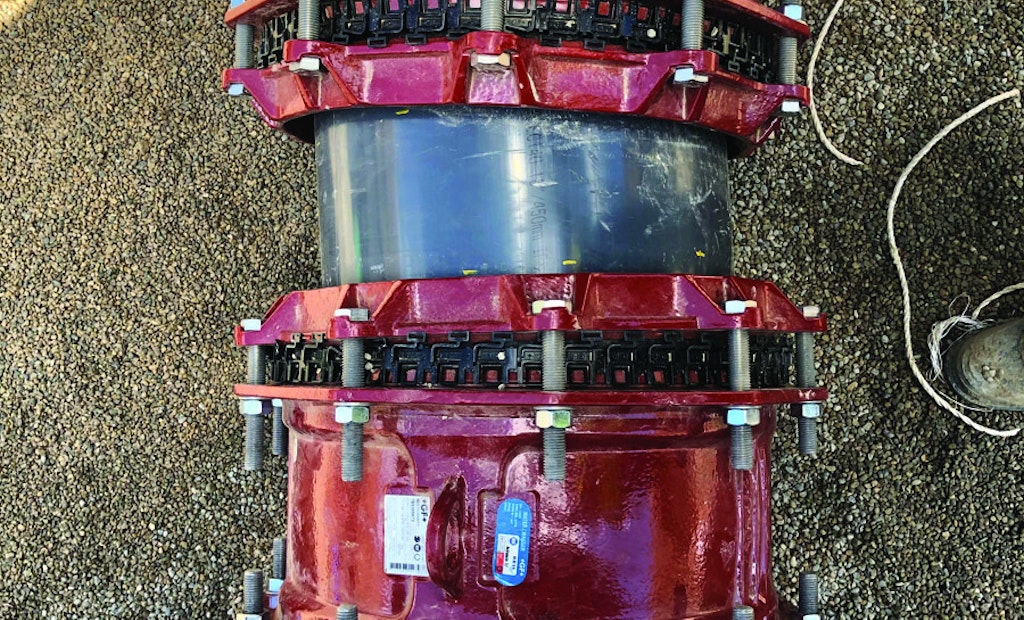A water main breaks every two minutes in the United States, famously spilling enough water each year to fill over 9,000 swimming pools.
Recognition of the need to renew North America’s public infrastructure has grown, as reflected in the recent U.S. Infrastructure Investment and...






